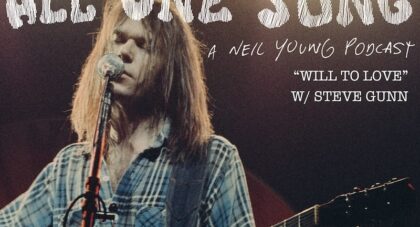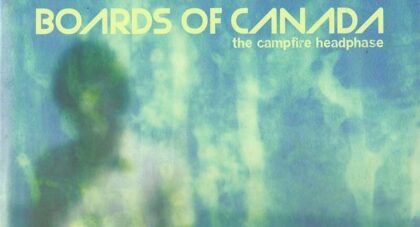... reverberating flutes, amplified saxophones, liquid Fender Rhodes keyboards The guitars are jazzy and lysergic in turn, sometimes in the very same track. At times, the drums sit right in the pocket; moments later, they are thundering out for the old gods. It was not so much a fusion of jazz and rock as a continuum where these forms could mutate one into another and back again. All of this music is compelling; some of it is sublime. This darker corner of the krautrock era of the 1970s deserves a good deal more light . . .
Only the good shit. Aquarium Drunkard is powered by its patrons. Keep the servers humming and help us continue doing it by pledging your support.
To continue reading, become a member or log in.


